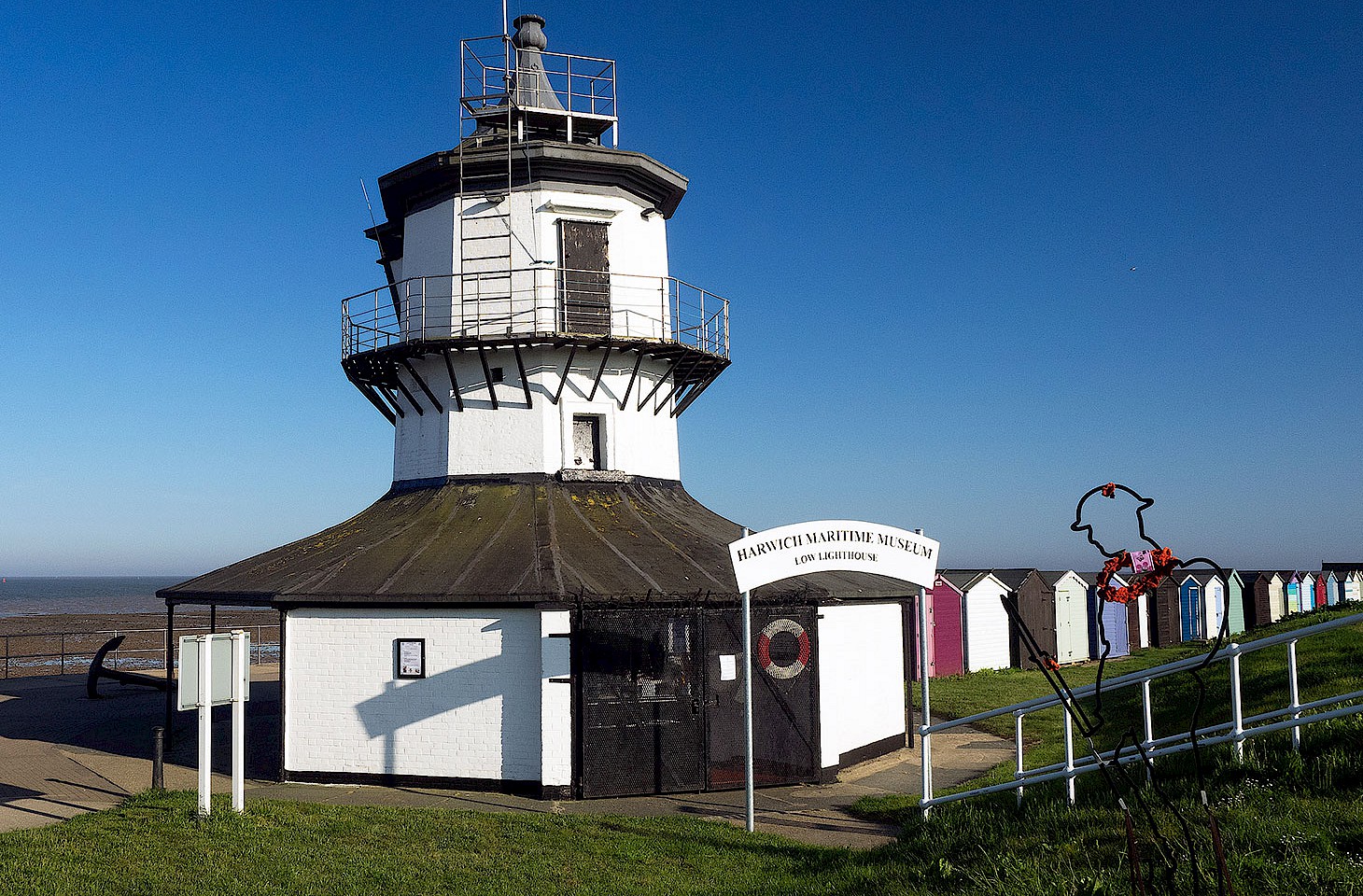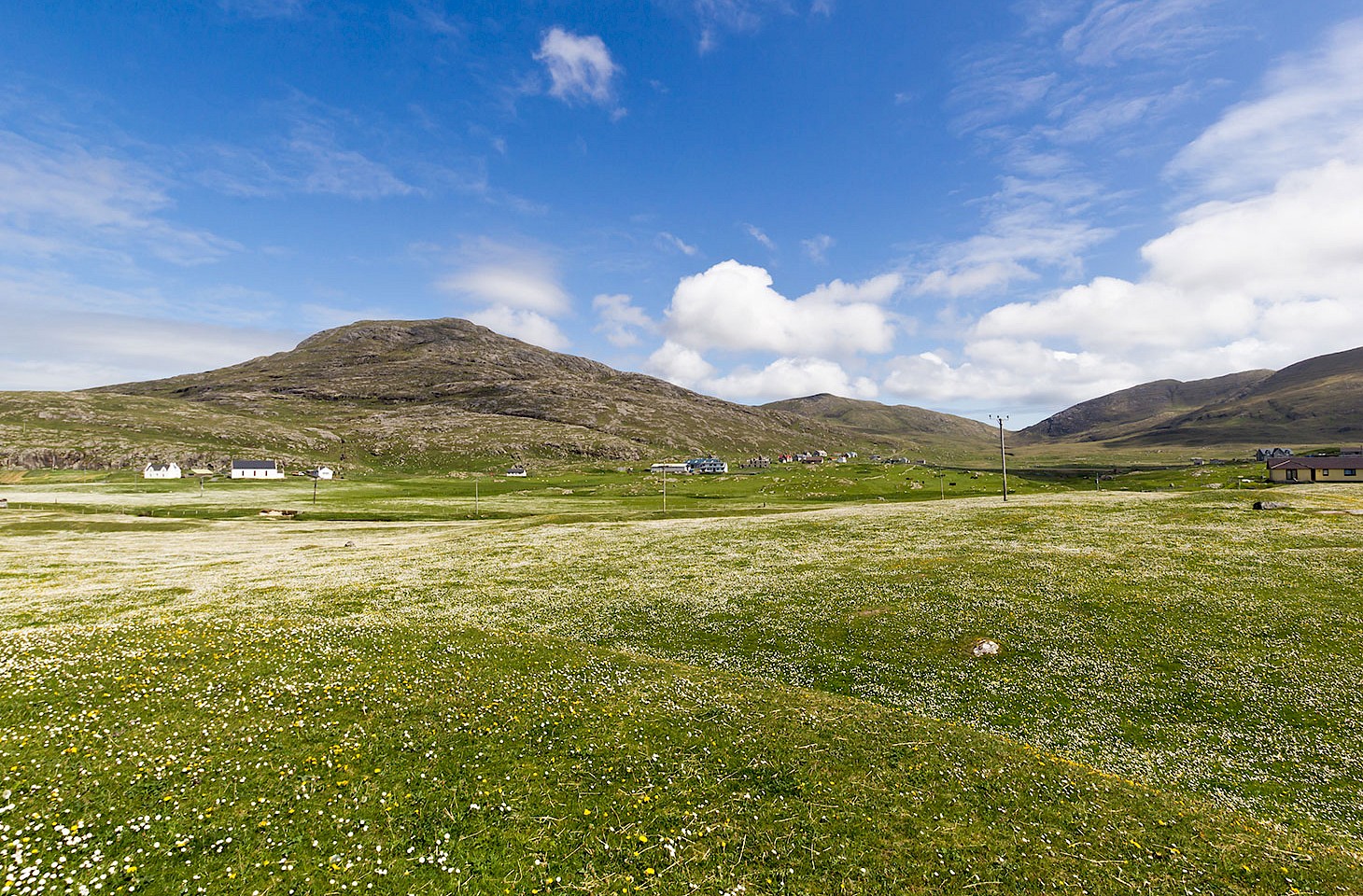On an icy early March morning, towards the end of a frigid winter when all Berlin's lakes had long been frozen, pilots coming in to land at the city's Tegel airport reported to the airport that the surface of the snow covered Schäfersee in Berlin's northern suburb of Reinickendorf had evidently been embellished during the night with a giant swastika. Police never discovered who was responsible, and within a few hours the offending symbol had been removed - but not before it was seen by hundreds of plane passengers coming in to land at Tegel.
The Schäfersee swastika served as a chilling reminder of the potency of symbols associated with Germany's fascist past. A few years ago, foresters in a remote area northeast of Berlin, near the village of Zernikow, had to go to great lengths to remove a great swastika pattern, visible only at certain times of the year, created in the late 1930s by inter-planting of larch trees within a pine forest. For a few weeks each autumn, the yellow larch stood out as a prominent swastika against a green background. At other times of the year, contrasts in colour were less evident but the swastika was nonetheless discernible.




